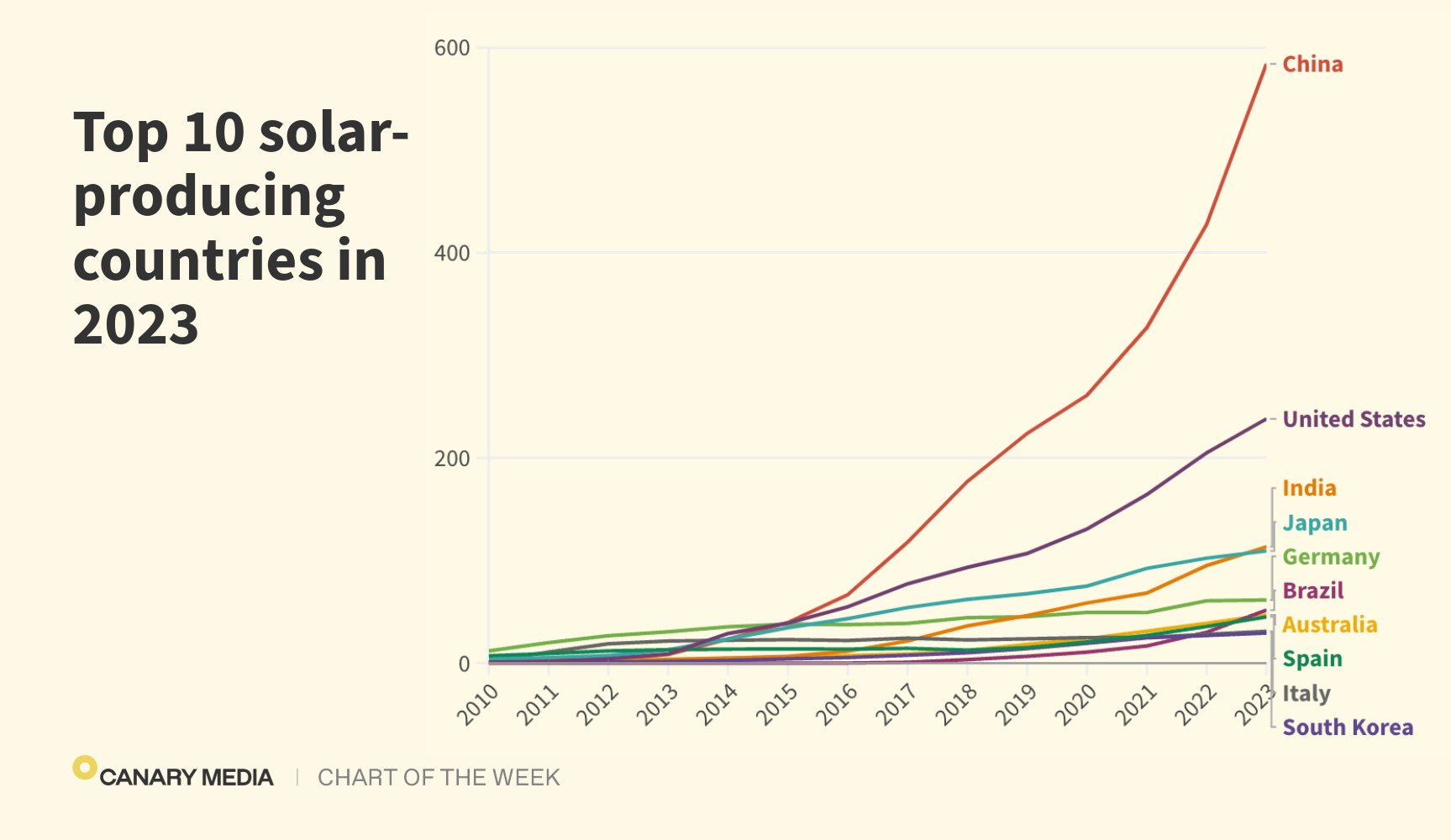ARTICLE BY Isabella O'Malley and The Associated Press. All of whom should be literally converted into carbon and turned into diamonds for writing this article.
The muted sounds of hammering and sanding drift down to the first floor of Bario Neal, a jewelry store in Philadelphia, where rustic artwork that mimics nature hangs on warmly-lit walls.
Blah blah
Waiting for one of those rings is Haley Farlow, a 28-year-old second grade teacher who has been designing her three-stone engagement ring with her boyfriend. They care about price and also don’t want jewelry that takes a toll on the Earth, or exploits people in mining. So they’re planning on buying diamonds grown in a laboratory.
THE KIDS WANT TO HAVE THEIR SILLY TRADITIONS BUT WITHOUT BLOOD DRIPPING FROM THE SHINY ROCKS THEY WEAR! BUT AT WHAT COST!
“Most of my friends all have lab-grown. And I think it just fits our lifestyle and, you know, the economy and what we’re living through,” said Farlow.
Honestly good for them. I hope they have a nice wedding.
In the U.S., lab-grown diamond sales jumped 16% in 2023 from 2022, according to Edahn Golan, an industry analyst. They cost a fraction of the stones formed naturally underground.
Social media posts show millennials and Generation Zs proudly explaining the purchase of their lab-grown diamonds for sustainability and ethical reasons. But how sustainable they are is questionable, since making a diamond requires an enormous amount of energy and many major manufacturers are not transparent about their operations.
WHICH IS WHY WE SHOULD STICK WITH THE TRANSPARENT PRACTICE OF USING CHILD SLAVES PRYING THE GEMS FROM THE EARTH BY HAND.
Do not stop at go, straight to the wall.
Farlow said the choice of lab-grown makes her ring “more special and fulfilling” because the materials are sourced from reputable companies. All of the lab diamonds at Bario Neal are either made with renewable energy or have the emissions that go into making them countered with carbon credits, which pay for activities like planting trees, which capture carbon.
![]() techbro bullshit but whatever.
techbro bullshit but whatever.
But that’s not the norm for lab-grown diamonds.
BUT AT WHAT COSTS ![]()
The disadvantages of lab-grown diamonds
Many companies are based in India, where about 75% of electricity comes from burning coal. They use words like “sustainable” and “environmentally-friendly” on their websites, but don’t post their environmental impact reports and aren’t certified by third parties. Cupid Diamonds, for example, says on its website that it produces diamonds in “an environmentally friendly manner,” but did not respond to questions about what makes its diamonds sustainable. Solar energy is rapidly expanding in India and there are some companies, such as Greenlab Diamonds, that utilize renewables in their manufacturing processes.
You know where we can get cheap and generally neutrally extracted diamonds? FROM FUCKING RUSSIA WHERE THEY GOT A MINE SO FULL OF THE FUCKING ROCKS IT WOULD CRASH THE MARKET VALUE OF THE DAMN THINGS!
But no. Blood for the blood God and all that.
China is the other major diamond manufacturing country. Henan Huanghe Whirlwind, Zhuhai Zhong Na Diamond, HeNan LiLiang Diamond, Starsgem Co. and Ningbo Crysdiam are among the largest producers. None returned requests for comment nor post details about where it gets its electricity. More than half of China’s electricity came from coal in 2023. In the United States, one company, VRAI, whose parent company is Diamond Foundry, operates what it says is a zero-emissions foundry in Wenatchee, Washington, running on hydropower from the Columbia River. Martin Roscheisen, CEO and founder of Diamond Foundry, said via email the power VRAI uses to grow a diamond is “about one tenth of the energy required for mining.”
Also the leading country on track to completely convert their electric grid to carbon neutral ahead of every major western power that holds their head in their ass to get high off their supply of hypocrisy over being the adjudicators of climate justice.
But Paul Zimnisky, a diamond industry expert, said companies that are transparent about their supply chain and use renewable energy like this “represent a very small portion of production.”
“It seems like there are a lot of companies that are riding on this coattail that it’s an environmentally-friendly product when they aren’t really doing anything that’s environmentally friendly,” said Zimnisky.
WELCOME TO CAPITALISM, JACKASS.
How are lab-grown diamonds made?
Lab diamonds are often made over several weeks, subjecting carbon to high pressure and high temperature that mimic natural conditions that form diamonds beneath the Earth’s surface.
Something that should happen to the writer, editors, and staff that produced this article.
The technology has been around since the 1950’s, but the diamonds produced were mostly used in industries like stone cutting, mining and dentistry tools.
Over time the laboratories, or foundries, have gotten better at growing stones with minimal flaws. Production costs have dropped as technology improves.
That means diamond growers can manufacture as many stones as they want and choose their size and quality, which is causing prices to fall rapidly. Natural diamonds take billions of years to form and are difficult to find, making their price more stable.
Unless you're Russia and have the largest diamond mine in the world that can crash the market price.
Side note, the Mir mine, where a lot of the former Soviet Union current Russia's diamons are excavated from, was opened in 1957. Meaning it was under Khrushchev that the Soviets could've crashed the bourgeoisie' diamond monopoly by making such luxuries common household items as they did with Soviet champagne and Caviar.
Obviously they chose not to and the decision was upheld to this day. I'm blaming corn boy for not robbing the rich of another one of their treats.
Lab-created vs natural diamonds
Diamonds, whether lab-grown or natural, are chemically identical and entirely made out of carbon. But experts can distinguish between the two, using lasers to pinpoint telltale signs in atomic structure. The Gemological Institute of America grades millions of diamonds annually.
Something functionally meaningless to the working class. Let them have gems!
With lower prices for lab-grown and young people increasingly preferring them, the new diamonds have cut into the market share for natural stones. Globally, lab-grown diamonds are now 5-6% of the market and the traditional industry is not taking it sitting down. The marketing battle is on.
An example of such marketing battle is this article, shitpot.
The mined diamond industry and some analysts warn lab-grown diamonds won’t hold value over time.
They can blow it out their ass.
“Five to ten years into the future, I think there’s going to be very few customers that are willing to spend thousands of dollars for a lab diamond. I think almost all of it’s going to sell in the $100 price point or even below,” said Zimnisky. He predicts that natural diamonds will continue to sell in the thousands and tens of thousands of dollars for engagement rings.
Isn't that the fucking point? CHEAP AFFORDABLE FUCKING ROCKS FOR THE PEOPLE TO DO THEIR SILLY TRADITIONAL RITUALS?
Are lab-grown diamonds worth it?
If you're doing the silly ritual, then yeah probably.
Some cultures view engagement rings as investments and choose natural diamonds for their value over the long term. That’s particularly true in China and India, Zimnisky said. It’s also still true in more rural areas of the United States, while lab-grown diamonds have taken off more in the cities.
Aka a form of financial security in times of scarcity and a form of dowry/brideprice or whatever marriage traditions people have in their regions. Stuff that comes from backwards thinking being preyed upon by capitalist malice.
Paying thousands of dollars for something that drops most of its value in just a few years can leave the buyer feeling cheated, which Golan said is an element that is currently working against the lab-grown sector.
Sounds like folks should just wait for the rocks to get cheaper and maybe chose to be quirky and get some other kind of shiny rock on their ring.
“When you buy a natural diamond, there’s a story that it is three billion years in the making by Mother Earth. This wondrous creation of nature … you cannot tell that story with a lab-grown,” said Golan. “You very quickly make the connection between forever and the longevity of the love.”
THE FUCKING ROCK RATTLING AROUND IN MY SHOE HAS A STORY THAT IS THREE BILLION YEARS IN THE MAKING BY MOTHER EARTH BUT NOBODYS RANTING ABOUT HOW MY FOOTSWEAT DRENCHED PEBBLE IS A SYMBOL OF THE ETERNITY OF LOVE
“If we really want to get technical here, the greenest diamond is a repurposed or recycled diamond because that uses no energy,” Zimnisky said.
DIMONDS DONT FALL OUT OF FUCKING COCONUT TREES EVERY NATURAL DIAMOND DRIPS WITH THE BLOOD OF THE OPPRESSED NO MATTER HOW MANY TIMES IT CHANGES HANDS
Page Neal said she co-founded Bario Neal in 2008 to “create jewelry of lasting value that would have a positive impact on people and the planet.” All of the materials in her jewelry can be traced throughout their supply chain. The store offers both lab-grown and natural diamonds.
Nice of them to give a shout out to the store that was selling synthe gems after spending a whole article foaming at the mouth at their evil and worthlessness.
“Jewelry is a powerful symbol … it’s a keeper of memories,” she said. “But when we’re using materials that have caused harm to other people and the environment to create a symbol of love and commitment or identity, to me it feels at odds. We want to only work with materials that we feel like our clients would be proud to own.”
Good for her.
The Associated Press’ climate and environmental coverage receives financial support from multiple private foundations. AP is solely responsible for all content. Find AP’s standards for working with philanthropies, a list of supporters and funded coverage areas at AP.org.
The association of the repressed' climate and environmental coverage is funded by bourgeoise bandits and looters from across the capitalist world. AP says its soley responsible for all content but can't deny the reality that it acts as the mouthpiece of the masquerade mask that is bourgeoisie pseudo-philanthropies.
Since we're doing generation warfare, does anyone notice how Gen X fucking hates lab grown stuff? Lab grown diamonds, lab grown meat, it's all the same to them. They're just obsessed with """authenticity"""
The formerly counter-cultural juggernauts of Gen X give way to the most vapid conformist nonsense they used to mock their boomer parents for.
This is kind of a necessity of capitalism. There must always be "better" things/activities that the proles can't have, otherwise what was the point of money? Doesn't matter if they're only better by an entirely arbitrary standard, the point is that it must be overly wasteful and consequently too expensive for others.
See: Every car that costs more than like, 10k tops. Utterly wasteful and basically never meaningfully better. But a good social signifier of wealth.
The future is going to be a mash of Idiocracy and Demolition Man.
The gen x diamond thing: its essentially the equivalent of your coveted pokemon collection of rares you obtained, one of which is a super awesome shiny charizard worth a lot of money. But now, 20 years later some company started making that exact card and the new counterfeit ones are indistinguishable from the old ones. Your card isn't even rare anymore. They printed a billion of them.
For the lab meat: Everyone should be skeptical of something brand new that the large company in an aligarchy society tells you is totally safe. After it's definitely shown to be safe and good, it will be excepted. Gen X remembers that asbestos was supposed to be safe, and that it used to help a pregnant mom out to smoke ciggarettes, and lead in gasoline was a total non issue. Then X and earlier is from times where they got lied to a ton. We all still get lied to, but at least now if you dig around for it you can usually find the truth.
Many companies are based in India, where about 75% of electricity comes from burning coal.
That doesn't have to be the case, power can be produced from renewables/nuclear as well. The whole article hinges on this wtf.
Also love that they mention the US lab but not how much power in the US comes from fossil fuels (it's about 60%).
Also they sneak in there after the handwringing about the orient that the lab grown is 10% of the energy that extraction is. All renewable though I'm sure. Famously green industry, mining.
The whole article hinges on this wtf.
When your job relies on US State Department funds...
Sorry, sweaty. It's too expensive for us robbers to make profits off of not using the cheapest method of production in order to overcharge you and make some sweet super profits
Would major coal exporters from the commonwealth let India transition from coal power? Would Indian mining companies let India phase out coal? (this is near vapid speculation excuse me if I am so far off the mark)
I would enjoy Russia crashing the diamond market, as mentioned in the OP
I would enjoy Russia crashing the diamond market, as mentioned in the OP
Blame Khrushchev for the reason why they haven't
China is combating the blood diamond industry, but at what cost?
Noooooooooo my diamonds need to be made with human lives otherwise they're WORTHLESSSSSSS
Real "the Soviet Union is ruining caviar by making it affordable for the poors" energy.
 Getting an “ethical” gemstone in my engagement ring
Getting an “ethical” gemstone in my engagement ring Telling my fiancé not to get me an engagement ring at all, because I dislike the gendered symbolism
Telling my fiancé not to get me an engagement ring at all, because I dislike the gendered symbolismTo the USAmerican media class, jewelry does not feel good to buy unless it involves the death of at least 1 Liberian slave child
I just didn't read the article (a cracker was talking)
Show
Remember that the US also has 10x the GDP of India, but only equal amounts of solar installations in 2024
The US also has 1,000,000,000x the cumulative carbon emissions and 2x the carbon emissions in 2024
As for China the comparison is even more ridiculously unbalanced that it's not even worth making















